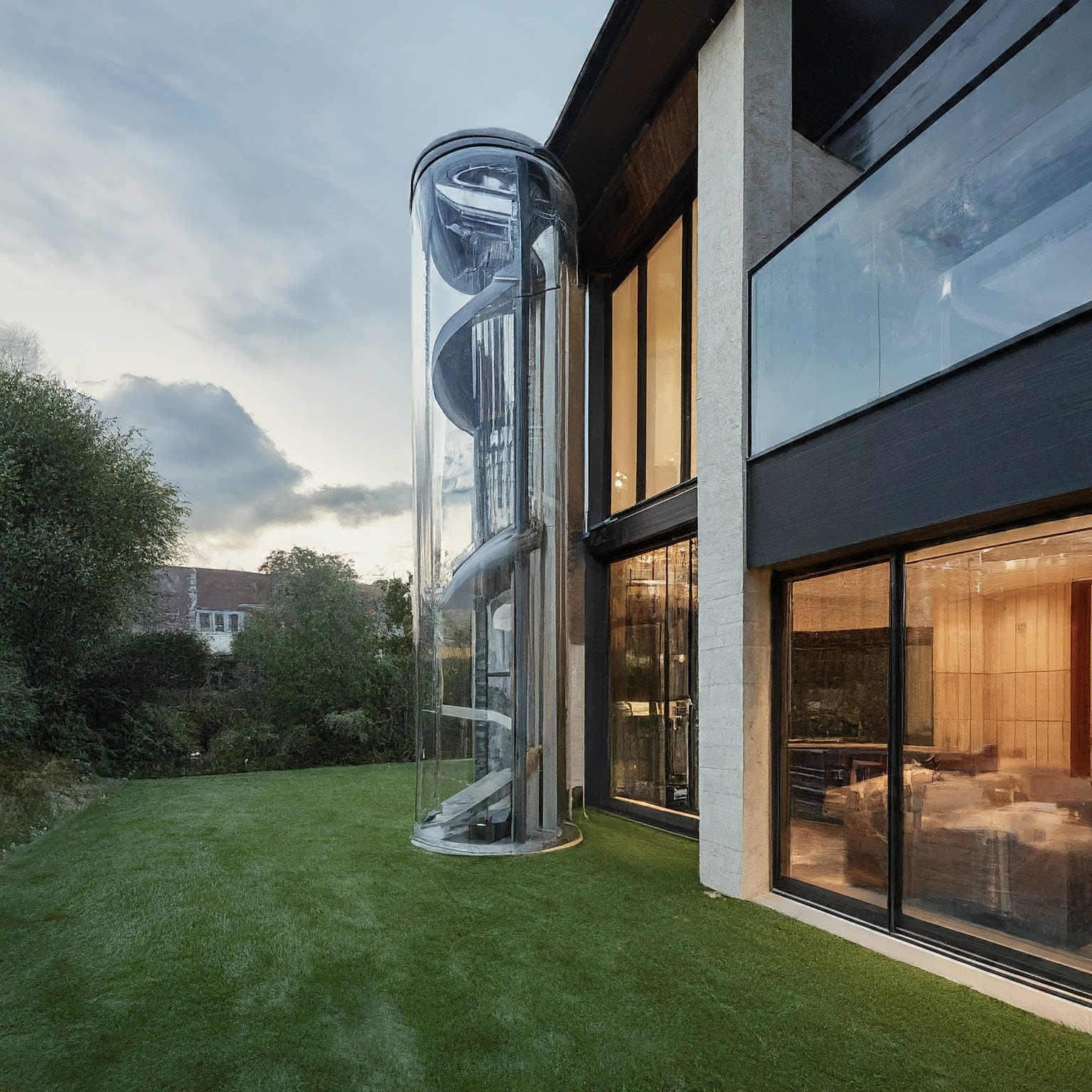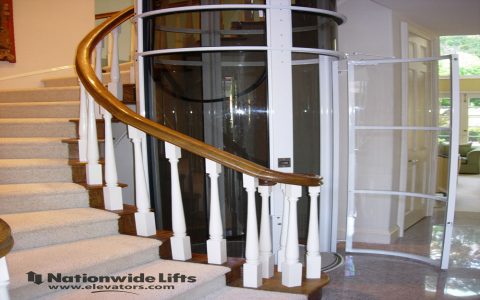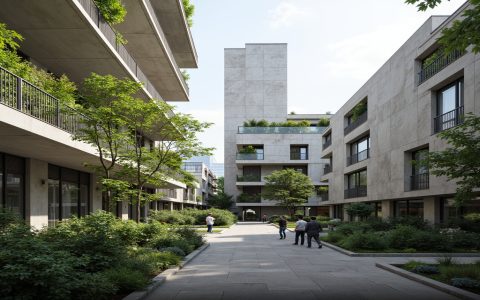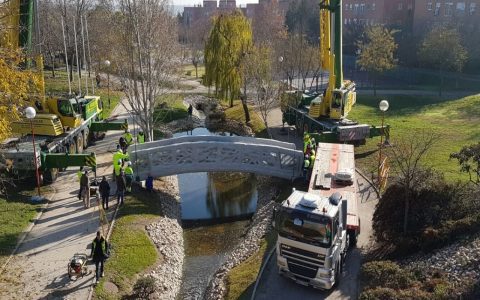Navigating horizontal elevator (escalator) procurement requires a strategic focus on key factors beyond just the initial price tag. Here's a concise guide:
Understanding Cost Variables
- Brand Tier: Premium brands command higher prices but offer advanced tech and reliability. Mid-range and budget brands provide cost savings with varying feature sets.
- Load & Capacity: Price scales significantly with passenger load capacity (e.g., 4500 vs 9000 persons/hour) and step width (e.g., 24" vs 40").
- Vertical Rise: Escalator height directly impacts structural complexity and motor requirements, affecting cost.
- Material Quality: Stainless steel balustrades, anti-slip step finishes, and high-grade comb plates increase durability and price.
- Customization: Curved designs, specialized lighting, or architectural finishes add substantial cost premiums.
Securing Optimal Value
Request Comprehensive Quotes: Demand itemized bids including installation, commissioning, and startup support. Compare based on identical specifications.
Prioritize Certifications: Verify compliance with mandatory safety standards (e.g., ASME A17.1/CSA B44, EN 115). Non-compliance risks safety and legal liability.

Analyze Total Cost of Ownership (TCO):
- Energy Consumption: Inquire about motors with IE3/IE4 efficiency ratings or regenerative drives.
- Maintenance Contracts: Factor in annual maintenance costs. OEM contracts often include proprietary parts.
- Life Expectancy: Higher upfront investment often correlates with extended operational lifespan (20+ years).
Key Due Diligence Steps
- Supplier Vetting: Assess manufacturer/supplier track record, project portfolio, and local support infrastructure.
- Technical Specifications: Scrutinize speed ratings (typically 0.5m/s or 0.65m/s), safety system redundancy (brakes, control systems), and step chain quality.
- Site Readiness: Ensure architectural drawings and pit preparations align precisely with selected equipment dimensions before purchase.
- Warranty & Support: Compare warranty periods, parts coverage, and guaranteed response times for repairs.
The most cost-effective deal integrates compliant safety engineering, operational efficiency, and robust after-sales support – rarely aligning solely with the lowest bid.







